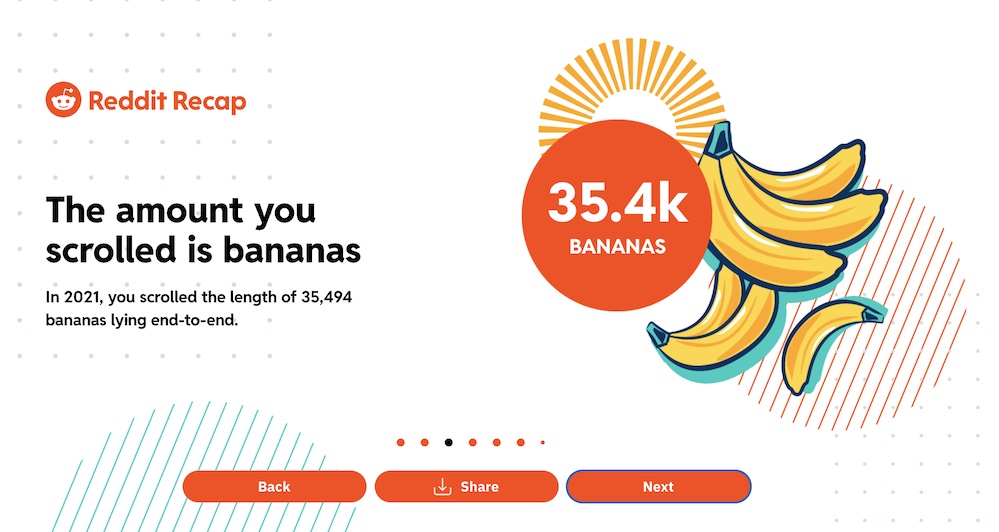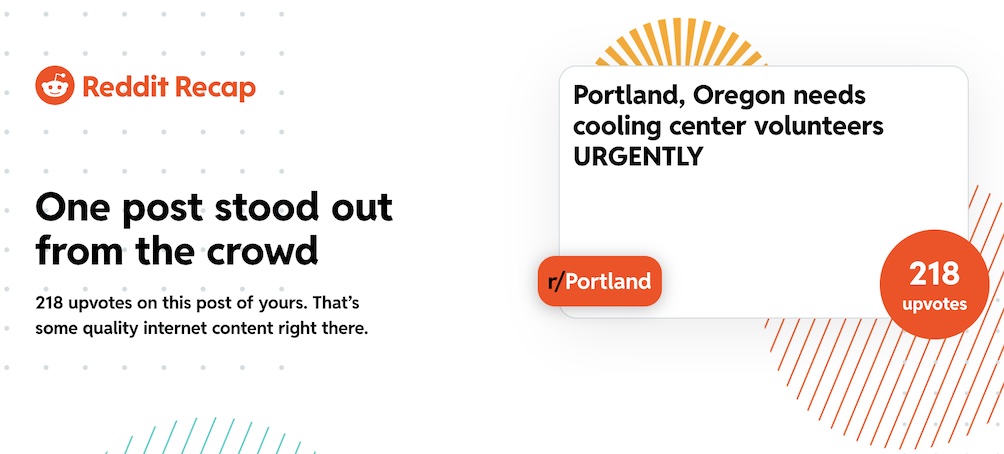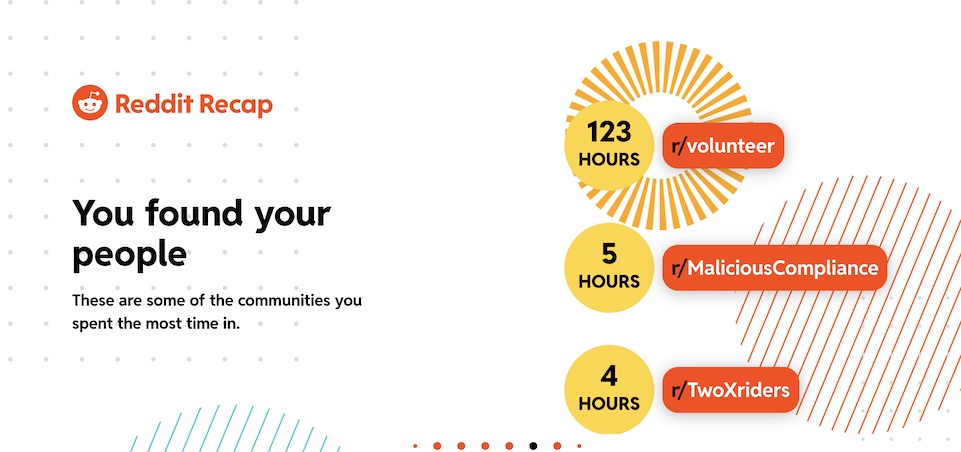25 years ago, give or take a week or two, I started my first day as director of the Virtual Volunteering Project, a then-new initiative that had been founded by a nonprofit organization, Impact Online (Impact Online was later absorbed by VolunteerMatch).
More than a year before the launch of the Virtual Volunteering Project, Impact Online had begun promoting the idea of virtual volunteering, a phrase that was probably first used by one of Impact Online’s co-founders, Steve Glikbarg. In early 1996, Impact Online received a grant from the James Irvine Foundation to launch an initiative to research the practice of virtual volunteering and to promote the practice to nonprofit organizations in the USA. This new initiative was dubbed the Virtual Volunteering Project.
The New York Times, on 13 May 1996, published Taking in the Sites; Now, It’s Philanthropy Surfing on the Internet, an article about the proliferation of web sites that facilitated online giving or online volunteering in some way. The article included this part:
One nonprofit group, Impact Online, was created to help charities use the Web. The group, in Palo Alto, Calif., uses its site to match what it calls ‘virtual volunteers’ with organizations that need them, and has begun a data base of group logos and missions.
This might be the first use of the term virtual volunteers in a newspaper, but any article about Project Gutenberg in the 1990s would also be about virtual volunteering, even if it doesn’t use the term (I believe that Project Gutenberg is the first initiative created specifically to involve online volunteers).
After a few months of preparation and drafting web pages, I launched the first Virtual Volunteering Project web site in early 1997. After one year, I moved the Virtual Volunteering Project, and its funding, to the Charles A. Dana Center at The University of Texas at Austin, and Impact Online became fully absorbed by VolunteerMatch and discontinued its promotion of virtual volunteering (at least for several years).
My first two years of the Virtual Volunteering Project were spent reviewing and adapting telecommuting manuals and existing volunteer management recommendations to apply to virtual volunteering, as well as identifying organizations that were already involving online volunteers. When I started the project, I thought there were just a handful of initiatives involving online volunteers, but I was wrong: in less than a year, I had found almost 100 organizations involving online volunteers, and I had to eventually stop listing every initiative I found on the VV Project web site because there were just too many!
I also spent a lot of time in 1998, 1999 and 2000 presenting at conferences around the USA, trying to convince nonprofits that virtual volunteering was a viable, worthwhile practice and already well established at a good number of agencies. The amount of skepticism and even hostility I encountered regarding virtual volunteering in the late 1990s was, at times, overwhelming. In particular, established organizations like United Way agencies and volunteer centers were quite hostile to virtually volunteering. I did a workshop about virtual volunteering for the Corporation for National Service and Points of Light Foundation in 1997 and when I called them in 1998 to ask about presenting at their upcoming conference, the response was, “Oh, but you did that last year.”
World-renowned volunteer management expert Susan Ellis was key in getting me in front of nonprofits who needed to hear about virtual volunteering. Susan was unflinching in her support for the concept and her chastisement of traditional organizations balking at the idea of working with volunteers online was crucial in getting people to let go of outdated ideas about what volunteering could look like.
The Virtual Volunteering Project used research about organizations leveraging virtual volunteering, as well as testimonials from online volunteers themselves, to continually create and refine guidelines for engaging and supporting online volunteers. And I made a point of creating meaningful roles and activities for online volunteers to help the Project, so I could gain more experience supporting online volunteers myself. Those online volunteers were vital to the project, not only for their service, but their testing of methodologies and their feedback.
I’m also very proud that from the moment of the project’s launch, we had a commitment to showing how virtual volunteering could create more inclusion for people with disabilities in volunteering – and I have a conference in 1994 in San Diego by Computer Professionals For Social Responsibility (CPSR) – and speaker Deborah Kaplan specifically, for awakening me to that possibility long before I heard the term virtual volunteering.
You can see the 1998 version of the Virtual Volunteering Project web site by searching for http://www.impactonline.org/vv/ at the Internet WayBack machine, choosing archived web sites, and clicking on 1998. You can also see the last version of the Virtual Volunteering Project web site here, from 2001.
I left the Virtual Volunteering Project in January 2001, to work for the United Nations Volunteers program at its headquarters in Bonn, Germany, to revamp NetAid, the UN’s online volunteering matching service, and to help manage a new initiative, the United Nations Information Technology Service (UNITeS). The Virtual Volunteering Project folded soon after – there just wasn’t interest anymore in funding it.
If you were a volunteer with the Virtual Volunteering Project, or attended a workshop on VV back in the 90s, or just talked with me back in those days, I hope you will comment below and talk about how virtual volunteering has been a part of your life.
If you want to learn about virtual volunteering in-depth – how to create a range of assignments to appeal to many different people, from micro volunteering to online mentoring, how to use online tools to support and engage ALL volunteers, including those that provide onsite service, and to dig far deeper into the factors for success in keeping virtual volunteering a worthwhile endeavor for everyone involved – you will not find a more detailed guide anywhere than The Last Virtual Volunteering Guidebook. It’s available both as a traditional print publication and as a digital book.
If you have benefited from this blog or other parts of my web site and would like to support the time that went into researching information, developing material, preparing articles, updating pages, etc. (I receive no funding for this work), here is how you can help.
Also see:










